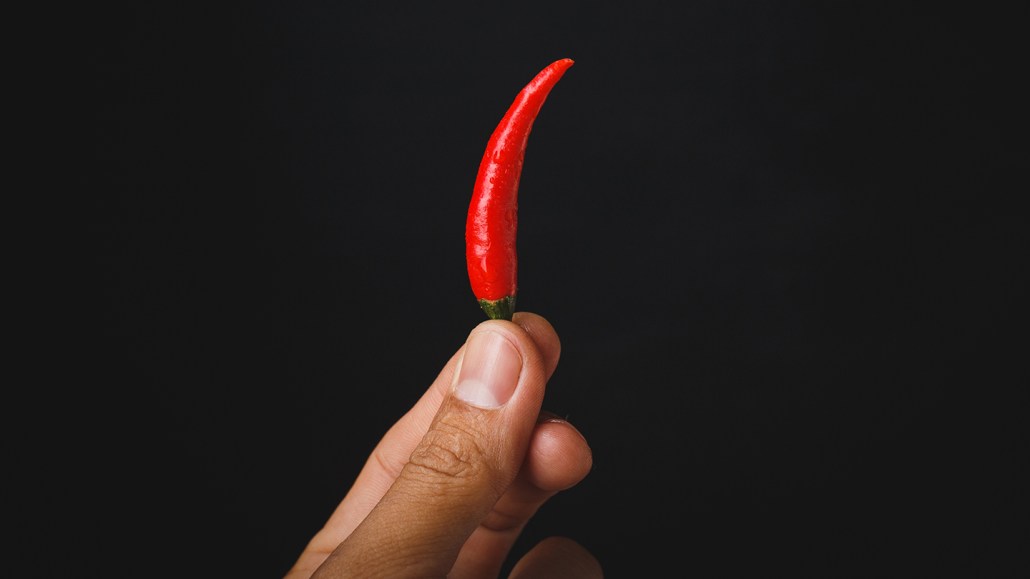Discovering how we sense temperature and touch wins the 2021 medicine Nobel Prize
David Julius and Ardem Patapoutian found nerve cell sensors for heat, cold, pain and pressure

The burn from chili peppers helped David Julius uncover nerve sensors for heat. He and Ardem Patapoutian won the Nobel Prize in physiology or medicine for work on temperature and touch receptors.
Thu Thai Thanh/EyeEm/Getty Images